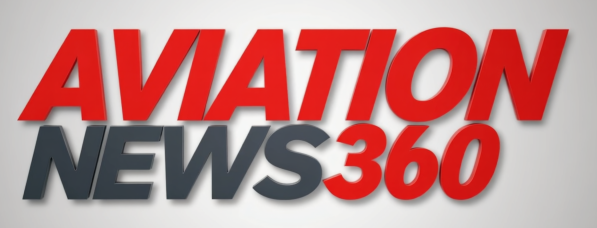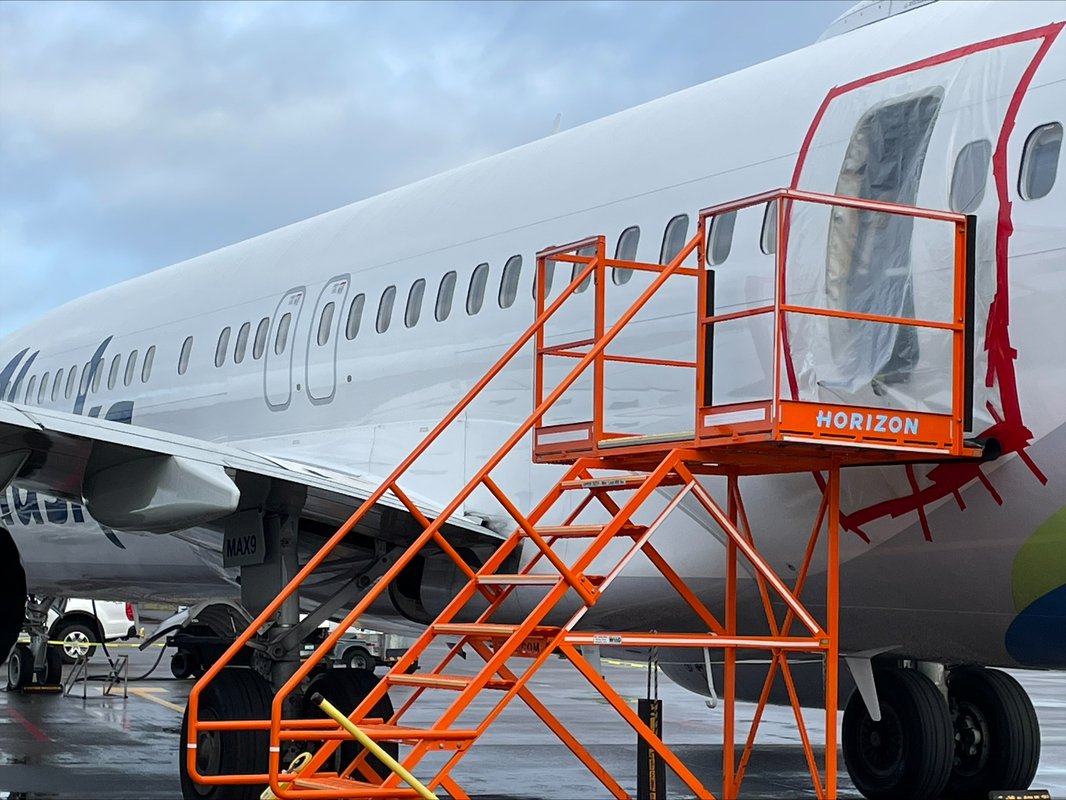[aviation news]
On January 5, 2024, Alaska Airlines Flight 1282, a narrowbody Boeing 737 MAX 9, faced a critical in-flight emergency.
Just six minutes after takeoff from Portland, Oregon, the left mid-exit door (MED) plug blew out at 14,830 feet, causing rapid depressurization.
The National Transportation Safety Board (NTSB) recently released its findings. They pinpoint Boeing’s inadequate training and oversight, along with the Federal Aviation Administration’s (FAA) failure to address systemic issues, as the primary causes.
U.S. Transportation Secretary Sean P. Duffy’s subsequent statement on the incident underscores the urgency of reforms.
The Alaska Airlines Incident
The Boeing 737-9 MAX, bound for Ontario, California, carried 171 passengers and six crew members. During the rapid depressurization, oxygen masks deployed, passengers’ belongings were sucked out, and the flight deck door swung open, injuring a flight attendant.
Seven passengers sustained minor injuries, while the pilots, three other flight attendants, and 164 passengers were unharmed. The plane safely returned to Portland.
Two days later, the missing door plug was found in a Portland neighborhood. NTSB investigators discovered that four critical bolts, meant to secure the plug, were absent before the incident.
The unsecured plug had shifted upward during prior flights, ultimately detaching during the accident flight.
Boeing’s Manufacturing Lapses
The NTSB identified Boeing’s failure to provide adequate training, guidance, and oversight to its factory workers as the probable cause.
On September 18, 2023, at Boeing’s Renton, Washington, factory, workers opened the door plug for rivet repairs but failed to document the process.
The plug was closed the next day without the required bolts, as specialized technicians were unavailable. Boeing’s procedures mandated specific workers for such tasks, but the absence of documentation meant no quality assurance inspection occurred.
The NTSB also criticized Boeing’s voluntary safety management system (SMS), which lacked formal FAA oversight in the two years before the incident.
The system failed to proactively identify risks, and the NTSB stressed that accurate, ongoing safety culture data is essential for an effective SMS.
FAA’s Oversight Shortcomings
The NTSB highlighted the FAA’s ineffective oversight, noting its failure to address “repetitive and systemic” issues in Boeing’s parts removal process. These deficiencies allowed manufacturing errors to persist, increasing accident risks.
NTSB Chairwoman Jennifer Homendy emphasized the preventable nature of the incident. “The safety deficiencies that led to this accident should have been evident to Boeing and the FAA. Missing bolts caused this event, but the same issues could lead to other manufacturing failures and potential accidents.”
The NTSB also recommended improved training on flight crew oxygen masks and communication systems to enhance emergency preparedness.
It further urged greater use of child restraint systems for passengers under two to ensure their safety during turbulent events.

Secretary Duffy’s Response
U.S. Transportation Secretary Sean P. Duffy issued a strong statement following the NTSB hearing, criticizing past oversight lapses. “The last administration and Boeing took their eye off the ball. They were distracted and safety was put at risk. That can never happen again,” Duffy said.
He emphasized the current administration’s commitment to safety, stating, “Under this new administration, safety is paramount and it drives everything we do.”
Duffy outlined significant changes in FAA oversight: “The FAA has fundamentally changed how it oversees Boeing. We have strengthened our oversight to address systemic production-quality issues and ensure accountability.”
He noted that FAA safety inspectors are now embedded in Boeing’s facilities, conducting targeted audits and inspections.
Weekly meetings with Boeing leadership ensure progress on reforms, and Duffy affirmed, “A number of the NTSB’s recommendations have already been implemented, and those that have not are currently under review.”
However, Duffy made clear that Boeing’s production cap on 737 aircraft will remain in place. “While Boeing is making progress, the FAA will not lift the 737 production cap until we are fully confident the company can consistently produce aircraft that meet our rigorous safety and quality standards.”

Conclusion
The NTSB issued new safety recommendations to Boeing and the FAA, reiterating prior ones to the FAA, Airlines for America, the National Air Carrier Association, and the Regional Airline Association.
These aim to strengthen manufacturing processes and oversight. Duffy’s commitment to rigorous oversight and Boeing’s ongoing reforms signal a renewed focus on safety.
The Alaska Airlines incident raises questions about appropriate training, documentation, and accountability in Boeing’s aircraft manufacturing processes.
As Duffy stated, “Safety is paramount.” By addressing systemic issues and implementing the NTSB’s recommendations, Boeing and the FAA must now rebuild public trust.
Share this content:


